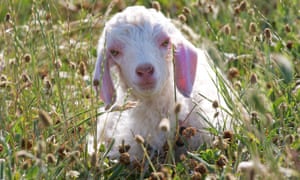This fantastic group in their own words:
“is a Diné-led agricultural co-operative established to improve the financial sustainability and equitable market outcomes for the largest flocks of Dibé dits’ozí (Navajo-Churro sheep) remaining on the Navajo Nation. Our mission is to close the gap between rural Diné shepherds and an e-commerce driven marketplace for their wool. We are thrilled to announce that we have officially launched our online yarn shop!
Thanks to many generous donors we executed our first wool buy on the Navajo Nation in July 2021. We purchased approximately 3,200 pounds of Navajo-Churro wool from our shepherds. We paid a stipend for shearing help and a fair price for their wool by the pound. After skirting and sorting by color we transported the wool to Mora Valley Spinning Mill, a nonprofit community-based wool mill located in Mora, New Mexico, to produce an assortment of Navajo-style weaving yarns. In November of 2021 we began offering Diné-grown Navajo-Churro weaving yarns for sale online direct-to-customer. Sales dollars generated will be used to help fund the wool buy project again in 2022.
Most of the Navajo-Churro wool products available for sale online are from non-Diné shepherds. Diné shepherds are often told their wool is worthless or paid pennies per pound at mass wool buy events. Despite these challenges many shepherds create a market for themselves through hand spinning, weaving, and teaching weaving classes. This is difficult to do at scale and an unreliable source of income. In 2020 the pandemic brought marketing activities like farm visits, classes, art shows, and fiber events to a standstill. Several medium- to large-scale wool buys were completely canceled. These impacts have continued into 2021. We saw an opportunity to step up and do something to support these important flocks.”
Fibershed.org is helping them raise money to get their idea off the ground and their first run of yarn is now available on their website!
For more info: https://rainbowfibercoop.org/






